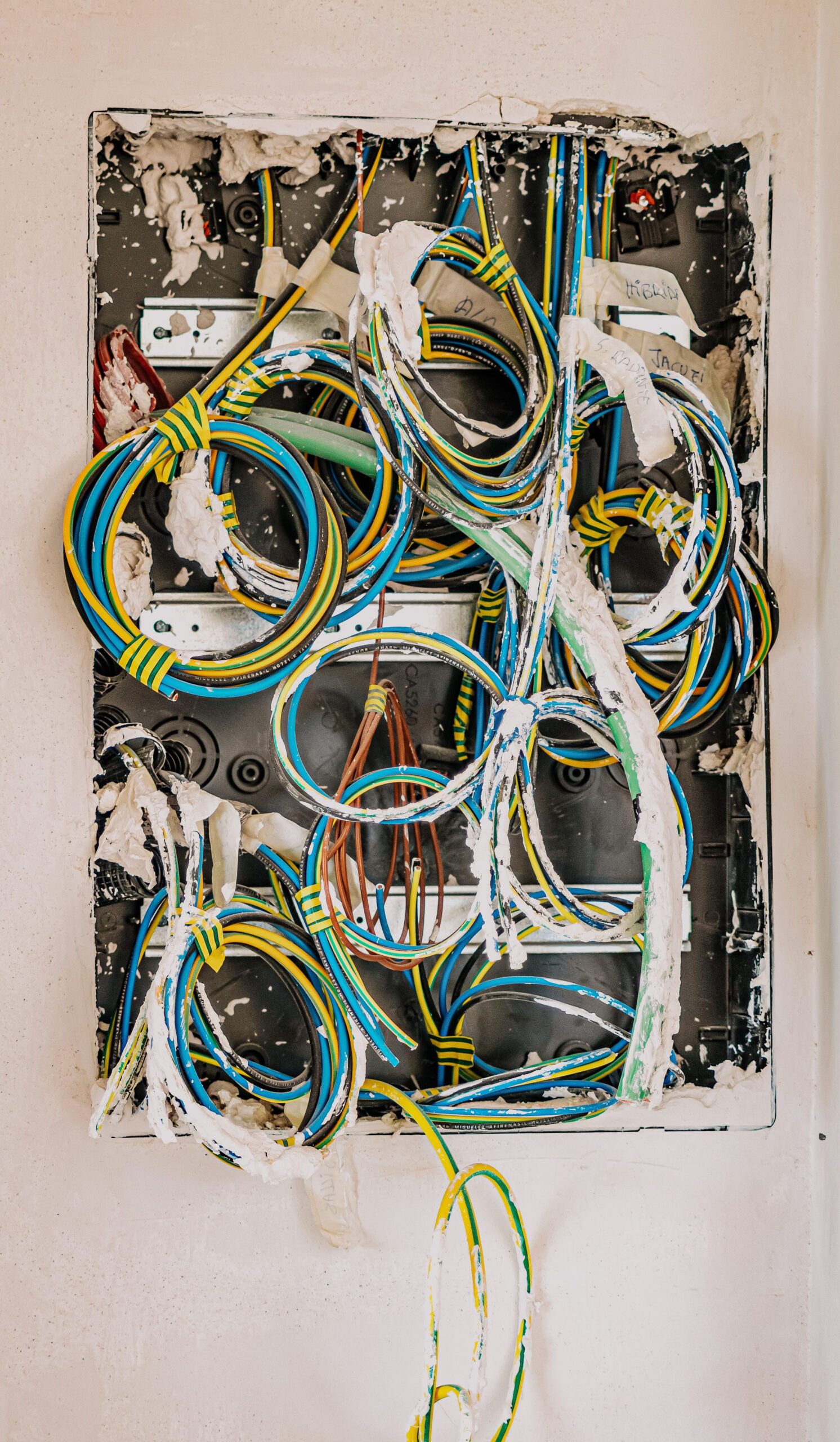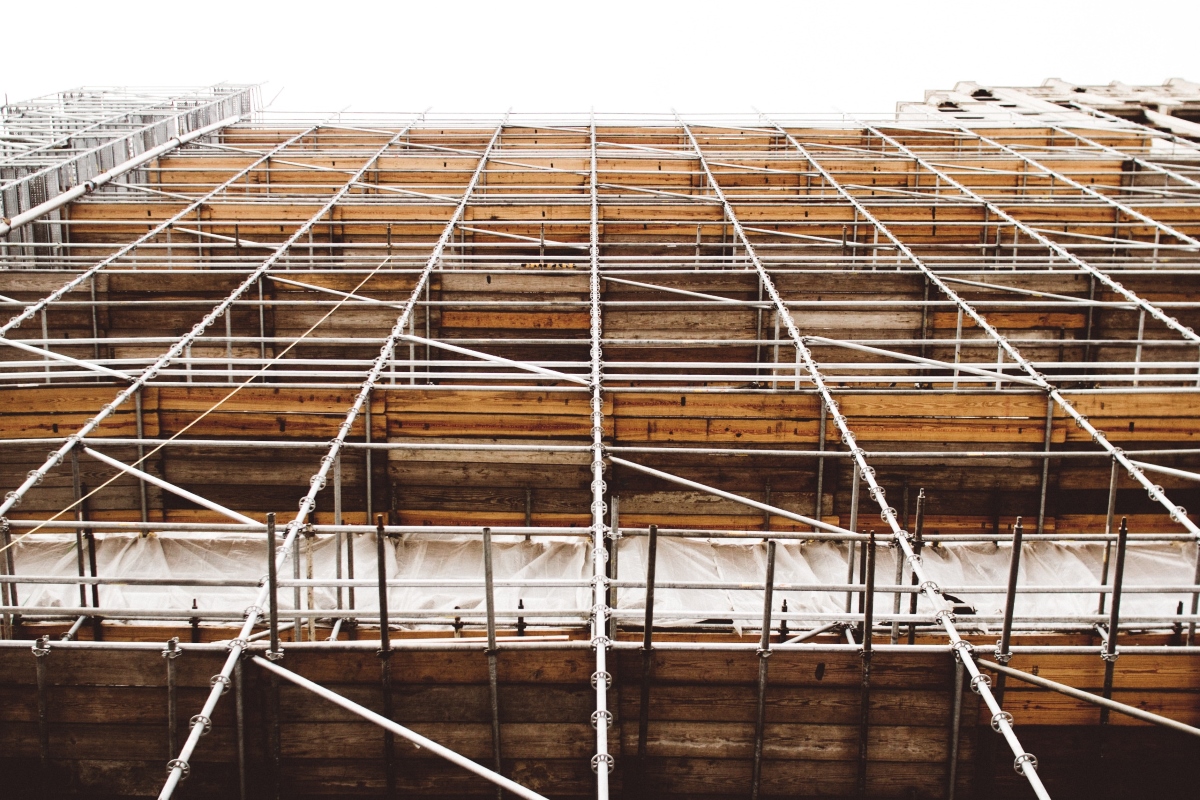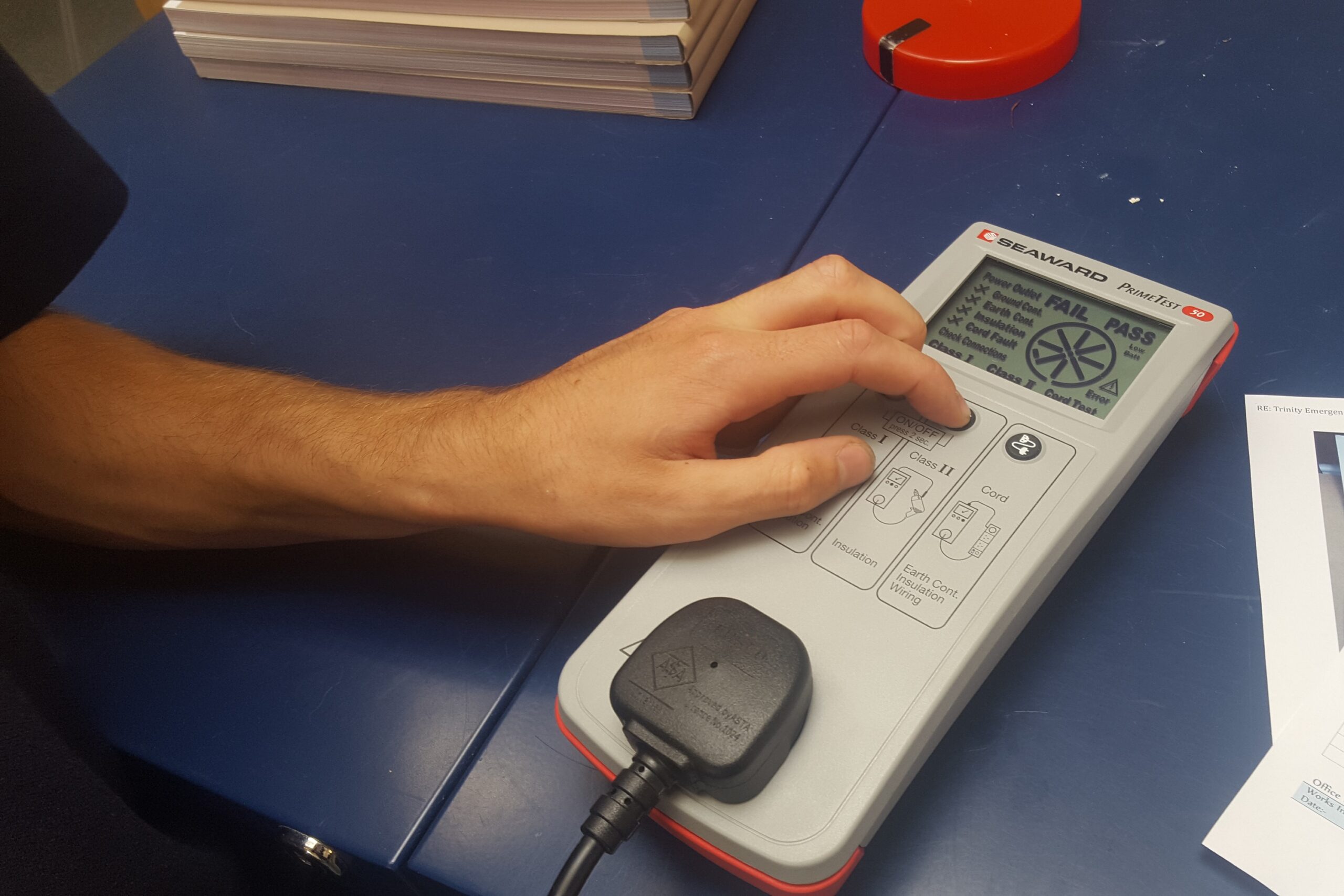Workplace fires are a real risk which every workplace should work to prevent. Correct workplace fire safety is achieved through a series of steps. Firstly, identifying hazards. Secondly, identifying people at risk. Next we would look at reducing any potential risks and taking preventive measures, such as fire door installation and fire alarm servicing. Following this, you will want to record any measures you take and ensure the relevant people have the necessary information (including company-wide training). Finally, you want to review your fire risk assessment and continue to make changes where needed. Below we have looked at each step in more detail to ensure that you have the information you need to put a procedure in place regarding fire safety.
Step 1: Identify Hazards
The first step in fire safety is to identify potential hazards. You need to identify any sources of ignition such as heaters, sources of fuel (look for anything that could fuel a fire) and sources of oxygen such as air conditioning or commercial oxygen supplies. All three are fundamental to starting and fuelling a fire, so you need to be aware of where they are and work to mitigate the risk of them leading to a workplace fire.
Step 2: Identify People at Risk
Once you have identified hazards that can start and fuel a fire, you need to identify the people within your organisation that are most at risk. These are the people who work near the hazards you have identified, people that work alone, or people that may have difficulty moving or responding in the event of a fire such as elderly people or people with certain disabilities or injuries.
Step 3: Reduce Risks And Take Preventative Measures
Once you have identified potential hazards and the people who will be most vulnerable in the event of a fire, you should start mitigating risk. Keeping in mind the information gathered through steps one and two. Separate the sources of ignition and sources of fuel you identified, replacing flammable materials for non-flammable alternatives where possible.
You will also need a functioning and effective alarm system to warn people in the event of a fire. It is essential that you carry out regular fire alarm servicing so that you know your system is working. In the event of a small fire, you may be able to handle it yourself before it gets out of hand. Make sure you have fire extinguishers throughout the building which are easily accessible.
To further prevent small fires spreading throughout the building and becoming a larger fire, you need to install fire doors. Fire doors will also help you manage accessible routes out of the building in the case of a fire. You should have an easily accessible and known route out of the building in the event of a fire. All fire doors should be accessible and able to open without the need for a key.
Step 4: Record Any Changes You Make
Step four is to document all the hazards and people at risk you identified in steps one and two. You also should document all the changes and precautionary measures you made in step three. Note everything from fire alarm servicing and fire door installation to routes out of the building in the event of a fire.
Step 5: Keep Your Risk Assessment Updated
The final step is to make sure your risk assessment is up to date. Have new hazards arisen? Do your fire alarms need servicing again? Have you added new employees to the company that don’t know the way out of the building during a fire? Answering yes to any of these questions (and countless other we didn’t ask) means you need to update your fire risk assessment. Regularly revisit steps one through four to make sure your business’ fire risk assessment is up to date.




